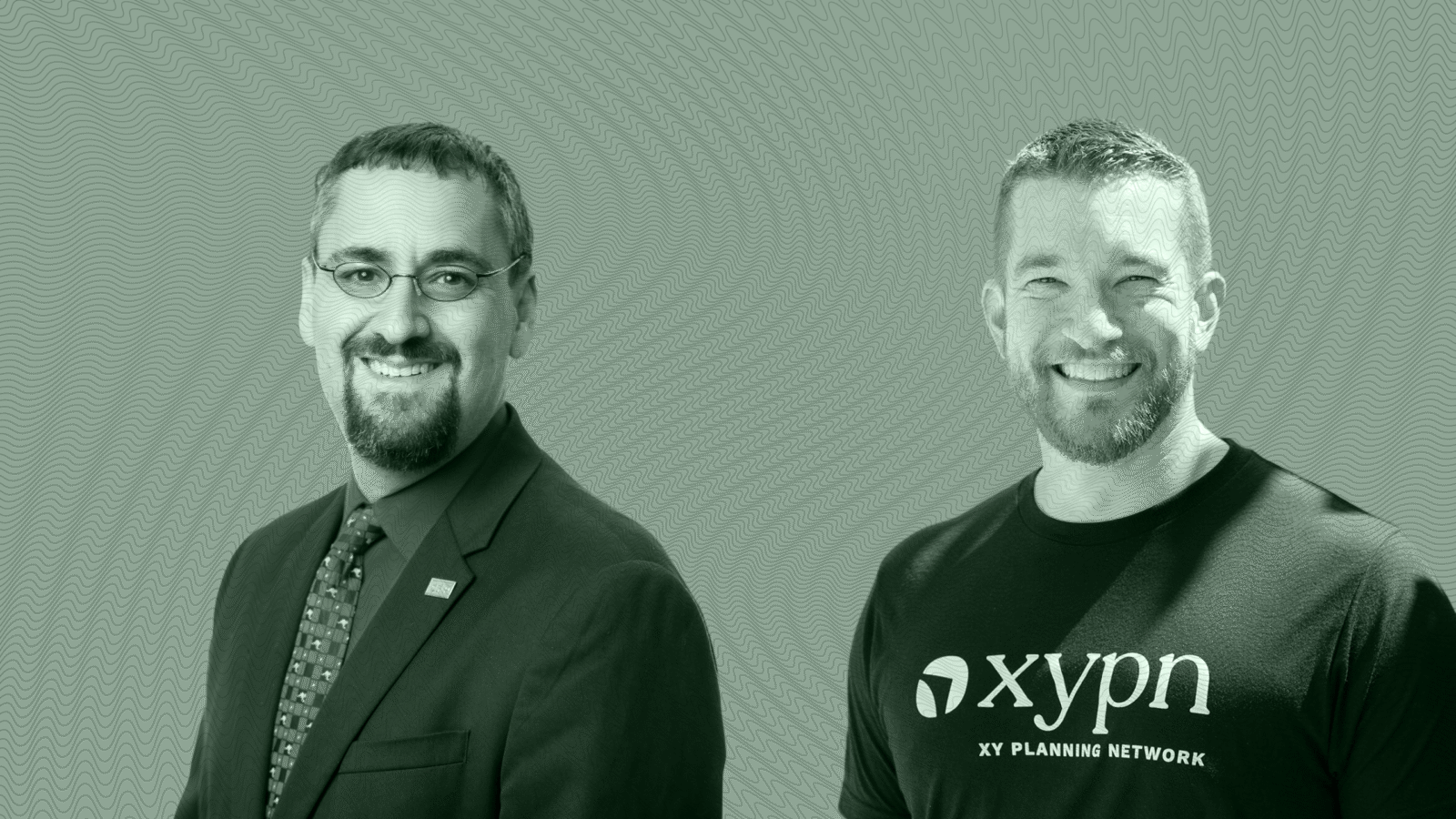Advisors Eye Up Instagram’s Millions of Users
With more than 100 million Americans users, Instagram is becoming a platform for advisors to connect with investors and secure new clients.

Sign up for market insights, wealth management practice essentials and industry updates.
Advisors rely on an array of marketing tactics to promote themselves, from newsletters to digital ads, referrals, bus stop posters, athlete endorsements, and in some questionable cases, even images of burning dollar bills. But with more than 5 billion people now on social media globally, advisors are zeroing in on platforms that aren’t traditionally associated with wealth management — especially Instagram.
Sure, Facebook is great for finding online groups and LinkedIn is the premier spot to tout career achievements, but the Gram is known for being the app where users express individuality, said Alissa Todd, an advisor with The Wealth Consulting Group. “It’s a way to stand out and show your human side, which I don’t think you can really get from a LinkedIn post,” Todd told Advisor Upside.
Get on the Gram
It’s hard not to notice the more than 100 million Americans who are on Instagram daily. That accounts for roughly three out of every four Americans between the ages of 18 and 29, according to Pew Research. Two thirds of people between the ages of 30 and 49 also have an account.
The upshot for advisors is that social media can funnel investors to additional resources and ultimately turn them into paying clients, Todd said, adding that about 20% of her firm’s clients initially engaged with a post on one of her social media accounts. “It’s not just someone scheduling a meeting with me directly through my Instagram link,” she said. “Maybe they joined my newsletter from Instagram, or they attended a master class through Instagram.”
Still, more than eight in 10 advisors said they have never used the app, according to SmartAsset, and that makes it untapped territory for the industry. With the Great Wealth Transfer of as much as $124 trillion now underway, advisors are bolstering their Instagram reach to secure, or at the very least, connect with a new wave of investors.
It’s Compliance-cated. Because the industry is highly regulated, the posts advisors share on Instagram tend to be basic, yet sound, financial management tips like investing early and consistently and living below your means if you’d like to retire on time. “Don’t be afraid to give away good content for free,” Todd said. “People respect it, start to imagine what kind of advice your clients are paying for, and want to work with you.”
Some firms like Brazos Wealth Advisors aren’t necessarily trying to find new clients, but rather increase their brand recognition. “We don’t need new clients. We have more than enough from referrals,” said advisor Wes Shannon, adding that the goal is to build a following with light-hearted and fun content. (Here’s a series of dad jokes.)
What Makes a Good Post?
Nearly 1 billion photos and videos are shared on Instagram each day, so it takes a lot of tinkering and creativity for advisors to stand out in a deluge of synchronized dancing, cat content, and recipe tutorials.
For example, Todd’s post might show her styling her hair, sporting a new outfit, or grabbing her morning coffee, accompanied by financial tips. Sometimes she’ll repost the same video or image multiple times because the original content got so much engagement. “I did one for International Women’s Day recently, and that has been the same post for the last three years,” she said. “It’s a good strategy. You don’t always have to be thinking of new content.”
Danielle Darling, an advisor with Resource One Advisors, has tried a couple of different techniques to see what sticks. Some posts are no frills, just her speaking directly into the camera, sharing financial tips. In others, it’s text over stock photos and calming music. And in others, she’s doing something very — for lack of a better term, Instagram-y — like playing in the snow in slow motion while highlighting how people can reinvest dividends and capital gains. She said 30- to 90-second videos tend to get the best engagement from users.
“The ones where I’m showing my face perform better,” Darling told Advisor Upside. “Trust is built on seeing a face and hearing a voice.”
The Greater Good. On the flip side, the internet is full of bad advice. Whether it’s meme coin recommendations, guaranteed strategies to turn $10 into $10 million, or Top 10 lists of the best ways to make passive income, someone is always hawking an insubstantial, if not dangerous, product on social media. And when a majority of investors under the age of 35 cite social media as a source for financial information, that’s not good.
“I spend more time combating harmful things clients see or hear on social media than I do actually posting or marketing there,” said Donald LaGrange, an advisor with Murphy & Sylvest Wealth Management. The challenge comes from unregulated finfluencers being able to produce more eye-catching and exciting content, whereas licensed professionals held to fiduciary standards have to be very deliberate with what they say on social media, which can be quite boring by comparison, LaGrange told Advisor Upside. “It’s a bit like watching a documentary vs. an action movie,” he said.
The problem has gotten to the point that some advisors feel they need to post their own content to cancel out some of the finfluencer noise. “There are a lot of self-proclaimed financial gurus out there,” Darling said. “If the professionals aren’t active on social media channels, someone else without the skills or abilities will be.”











